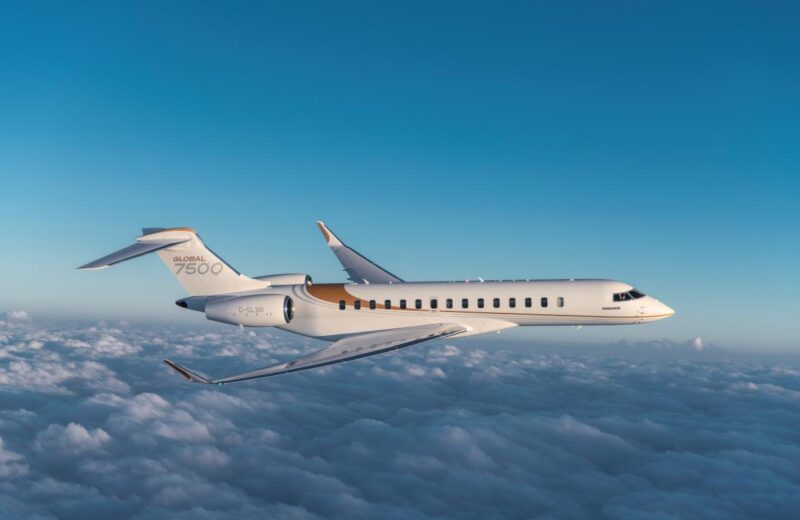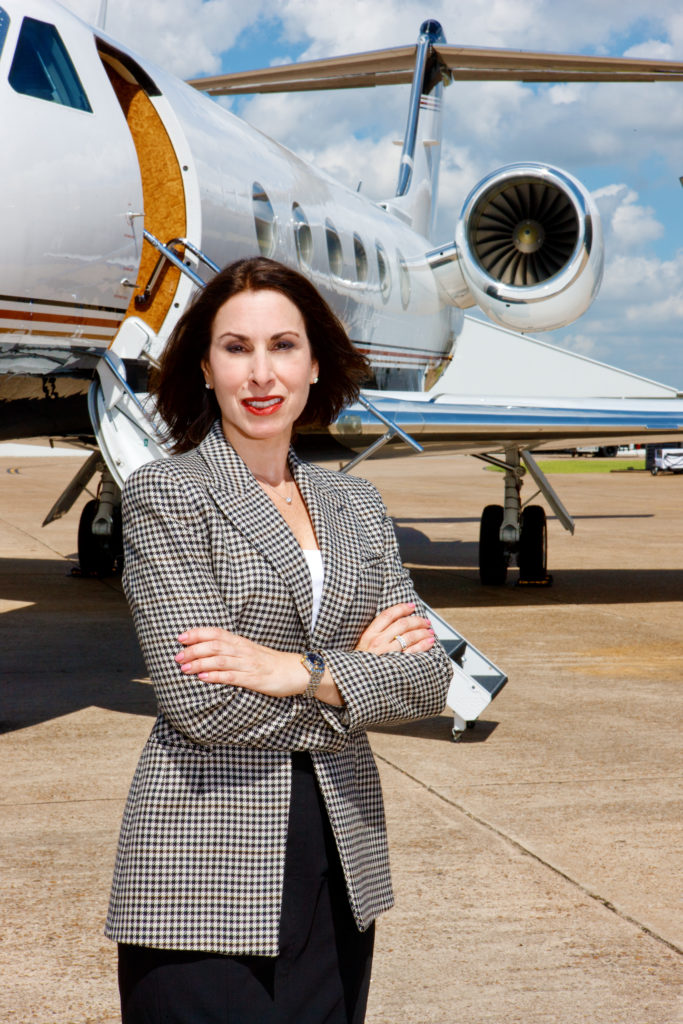The rest of the world hopes to follow the US boom

“America is the land of the second chance – and when the gates of the prison open, the path ahead should lead to a better life.”
The words belong to President George W Bush’s 2004 State of the Union Address. But swap Covid-19 for the word ‘prison’ and vaccines for the word ‘gates’ and he could have been predicting how his country will lead the global recovery in business aviation after the Covid-19 pandemic.
This is happening now. Since the start of business aviation as an industry, the rest of the world has tended to follow the US market. A tide of optimism in business aviation is rising – quickly in the US but more steadily elsewhere. For evidence, look to Corporate Jet Investor’s second CJI Global online conference staged last Thursday (June 17th).
Many of yesterday’s 70 speakers and more than 1,000 delegates from six continents (we went round the world in 14 hours) were enviously eyeing the booming US market. They had good cause.
US private jet aviation is going from strength to strength as lockdown measures dwindle and the economic rebound gathers steam, Richard Koe, WingX MD, told delegates. “Business jet activity so far this year is now 1% above the same period in 2019 and the resurgence is gathering pace,” he said. “The first half of June saw 20% more business jet movements than June 2019 and business jet flights comprised almost 25% of all sectors operated by fixed wing aircraft this month.”
US operators, brokers and financiers suppled a wealth of anecdotal evidence backing up Koe’s statistics. Andy Priester, of jet charter and aircraft management company Priester Aviation, said: “Every time we think it [business] might slow down a little bit, it winds up accelerating. In the very recent post pandemic, every week seems to get stronger.” Priester added that predictions about the Covid-19 pandemic were coming true. The pandemic was a tough time but the new customers it brought are adding to the existing client base.
“Once things opened up, we would have not only the old set of customers staying with us, but we would have a new set of customers, for the charter side of things and management, and it would just wind up accelerating,” he said.
The only headwind is finding quality inventory
US brokers particularly brimmed with enthusiasm. The only headwind is finding quality inventory, forcing brokers to scan the global market for the business jets their clients needed. Active in the US but based in Dubai, Hamish Harding, Action Aviation chairman, told delegates: “It is getting increasingly harder to find the aircraft people need. We have to go further afield. So, it helps to be based further afield [in Dubai]. Time to finance is taking eight to 10 weeks, which is too long, he said. “To grab the bargains, if there are any, you need to move in four to six weeks.”
High-Net Worth Individuals (HNWI) were responsible for buying (and flying) the biggest proportion of business jets, Ford von Weise, Citi Private Bank, director and global head of Aircraft Finance Group, told delegates: “Certainly, UHNWI have had a big impact over the past two years because we have been super busy.” But the number of UHNWI enquiring about buying or financing an aircraft has begun to decline recently. Corporate flyers showed no sign of an immediate return, he added. “The jury is out until September or October to understand what the corporate impact on the overall market conditions might be.”
The return of corporate jet buyers was predicted by Janine Iannarelli, Par Avion founder and president. “If you look at the timeline, companies are renewing aircraft on a five-year cycle. Many are now in the sixth and seventh years. Some clients have gone back to management companies.”
Outside North America, the recovery in business aviation activity was far less robust. European business aviation activity trailed 2019 by 15%, according to Koe of WingX. Flight activity in Asia was 10% ahead of 2019, 45% ahead in Africa, 80% ahead in South America, and 23% ahead in the Middle East. “The link between range and travel restrictions is clear; globally, domestic sectors are back to where they were in 2019, whereas international business jet sectors are still down by 20% compared with 2019,” he added.
In Europe, while travel restrictions continued to limit flights in and from the continent, controls are beginning to relax. Robert Fisch, president, aviation services, Luxaviation Group, predicted: “It’s going be between an explosion and a tsunami [of activity as pent up demand is unleashed].” Justin Bowman, CEO, Air Charter Service thinks business aviation will be buoyant for “at least the next three years”.
In Australia, the picture was less encouraging. While internal flights were strengthening, very little international travel was taking place. “We are open for business but not to the rest of the world unfortunately,” said Darren McGoldrick, ExecuJet, vice president Asia Pacific. “The gate was locked and we are restricted in terms of what we can do with our flying.” Full recovery was expected to take about a year.
Rohit Kapur JetHQ, president Asia, returned to the difficulty in finding quality inventory. “There’s definitely a mindset of sellers in America not to sell outside the US because it is a complicated transaction.” Kapur cited two recent examples where US sellers, after signing a letter of intent with Asian buyers decided to back out or to change the selling price.
The vast potential for growth in Asia Pacific was highlighted by Nilesh Pattanayak, Bombardier, regional vice president. “There are 17,522 business aircraft worldwide, Asia has 1,116 of them,” he told delegates. “That’s just 6% of the global fleet, yet we have 40% of the world’s billionaires. I think there is tremendous opportunity for growth, growth that we have been waiting for.”
First Global 7500 business jet in Indonesia
Demonstrating that potential, Bombardier confirmed the arrival of the first Global 7500 business jet in Indonesia.
Turning to sustainability, Nicole Kappos, Pratt & Whitney Canada, director Aftermarket Services, highlighted its growing importance. “There is no doubt sustainability is top of mind for operators and OEMs,” said Kappos. “We are all seeking a way to play a role and to contribute.”
Leo Knaapen, Bombardier, chief of Industry Affairs, thought the keys to unlocking the true potential of sustainable aviation fuel (SAF) were pricing and supply. “We have completed chapter one, the education chapter,” he said. “Now we need to focus more on affordability and availability.”
You can see the conference Live Stream and Blog here.
We staged the first CJI Global virtual conference last July. Since then, it has proved amazing to see how the US market continues to recover strongly. Hopefully, by next year’s event the rest of the world will have caught up on this remarkable progress. So, the gates of the global Covid-19 prison are truly beginning to swing open.

Above: Janine Iannarelli, Par Avion founder and president, based in
Houston, predicted the return of corporate jet buyers to the market.
Top: Bombardier’s faith in the Asian market was confirmed by the
recent delivery of the first Global 7500 jet to a customer in Indonesia.
Subscribe to our free newsletter
For more opinions from Corporate Jet Investor, subscribe to our One Minute Week newsletter.










